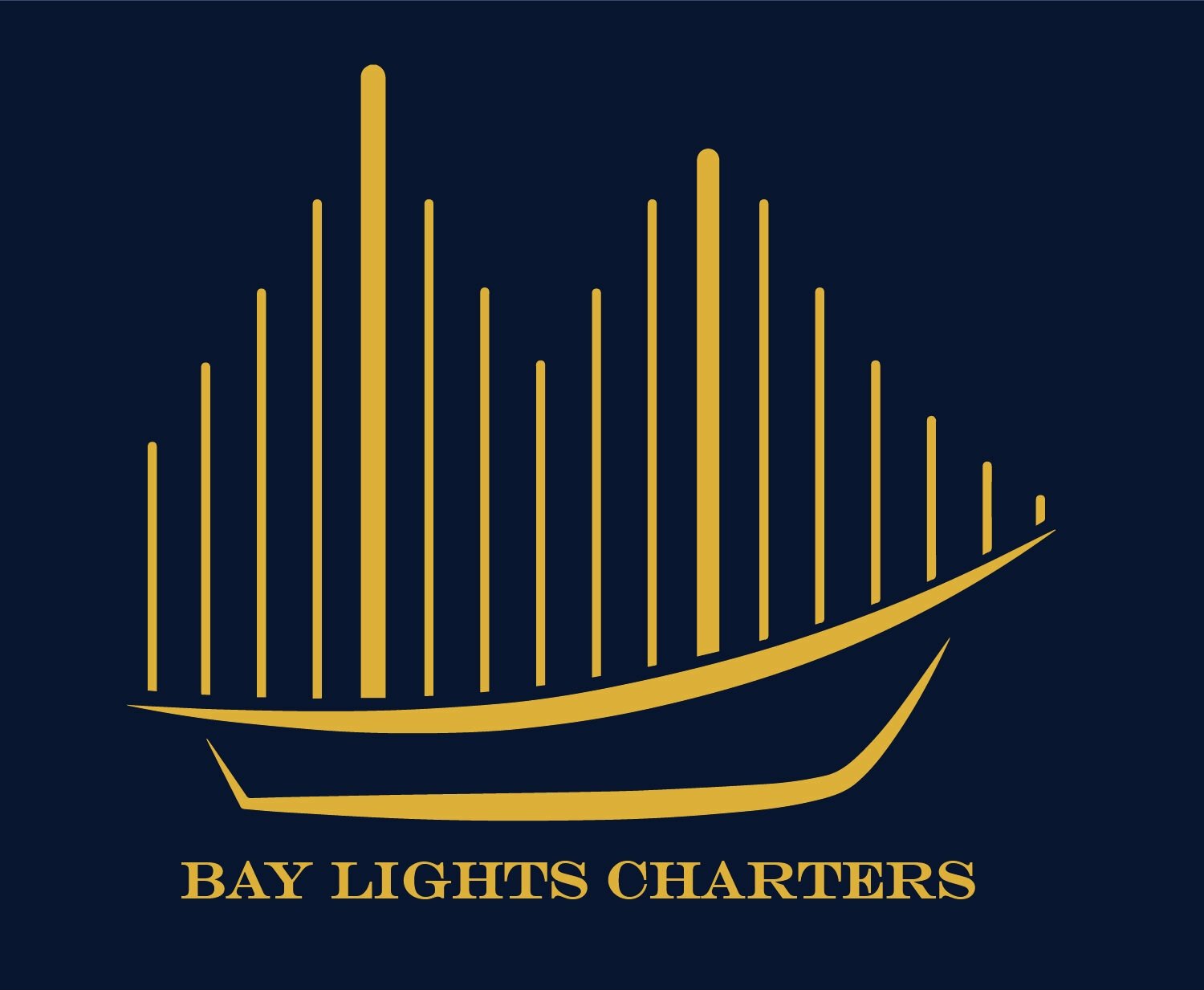TRADITIONAL NAUTICAL TERMS USED WHILE SAILING
TRADITIONAL NAUTICAL TERMS USED WHILE SAILING
Nov 14, 2018 11:16:57 AM
by Rich Goldman
Most folks who celebrate Talk Like a Pirate Day don't know more than to yell "argh matey!" in between gulps of grog, and people, in general, have no idea how many everyday phrases are lifted from nautical "speak". Our crews might not be dashing around the deck speaking about fathoms or (we promise) loose cannons, but you'll hear some hard-and-fast sailor's terms that have become part of our mainstream vernacular throughout the centuries.
Related Blog: Nautical Sailor Tattoos: Meaning and Tradition
Know Your Sounder
OK, that was a stretch... but we'll push off with the nautical words that are spelled one way, but spoken another, so you can sit in the audience and snicker at blockbuster films that miss the mark.
Gunwale
Pronounced (and often misspelled) gunnel, the gunwale is the highest edge of a boat's hull. It's that small railing or wall along the edge of the deck, or in the case of rowboats, the rim. "Full to the gunwales" is, essentially, filled to the brim.
Porthole
The windows along the sides of a boat are pronounced portles... like "chortles".
Windlass
Say winluss when you're referring to the winch that raises or lowers a boat's anchor or provides leverage for the lines used to control the sails.
Tack
It's pronounced the way it's spelled, but "tack" is all too often mixed up with "tact". The nautical use of tact refers to course correction. Tact has to do with manners and human behavior. While tact might sound like the root of "tactical", "take a different tack" is the correct phrase for changing one's strategy.
Starboard
This is the nautical term for "right side" and is correctly pronounced sturburd or, by fancy-pants seafarers, starbird. Say it out loud, mateys: "The cap'n fell over the starboard gunwale."
Jib and Jibe
There's sometimes a little confusion about whether these are the same words referring to two different things... and that both are pronounced jibb. Jibe is the action in which a boat changes its position in the flow of the wind, and jib is the small, triangular sail at the most forward part of the ship... usually attached to the bowsprit, the long platform extending over the front of the boat.
"I like the cut of your jib", which is a term often used to compliment one's appearance, opinions, or methods, originates from a sailor's skill at keeping the jib "trimmed" or rolled up to just the right size to match the wind conditions.
Mainsail
Slur it! The mains'l is the largest sail on a boat.
Going Down Below
If you're headed "down below", or "below deck" into the boat, you might need to ask for directions to get where you need to go. Everything seems to have a different name, these terms are easy to remember with a few tips.
Berth
Whether it's a bunk or a traditional bed, when it's on a boat it's called a berth. A berth is another name for a boat's "parking space", or slip, or the distance between the boat and an obstacle (shore, another boat). "If I eat too much food, I'll need a wide berth; if I don't eat pretty soon, you're going to want to give me a wide berth!"
Cabin
The overall interior of a boat is called the cabin, as are individual rooms—particularly those with sleeping berths.
Fore and Aft
Aft cabins are in the back; fore cabins are in the front. Note, "bow" and "stern" rarely refer to boat interiors.
Galley
A boat's kitchen
Salon
A boat's living area
Hatch
Exterior doorways or deck "trap doors".
Booby Hatch
An overhead sliding hatch that joins with a forward-facing door, providing protection for the stairs leading down into the salon. (These stairs are sometimes called "gangways", though that term is usually referred to exterior stairs and the ramps between a boat and the dock.
Head
The toilet. As in, "I'm going to the head." "OK! Don't hit your head on the booby hatch on the way to the head!"
Locker
These are the nautical counterpart to the closet. You've probably heard of Davy Jones' Locker, which for mariners means the bottom of the sea, presided over by the evil spirit of the ocean. Davy Jones is believed to be a reference to a 16th-century pub owner who trapped drunken sailors in a closet (or perhaps in a locker on board a ship) before selling them as crewmen.
Mae Wests
These are the affectionate term for lifejackets... and how you'll look once you put them on!
Boom
This horizontal beam is attached to the mast and the bottom of the sail. Watch out; when the boat is coming about (turning) you'll want to duck, or... BOOM!
Lines
Did you know that there are no ropes on a boat? There are lines, of course. Always be aware of the lines around you.
Sounder
Remember this one? A sounder is a piece of equipment used to determine water depth. Before modern sonar, sailors would use weighted, knotted lines.
Port
Not just a safe harbor or a tasty adult beverage, port is the left side of a ship—the opposite of starboard.
Come Sail with Bay Lights Charters! We love nautical history and sharing it with our guests. In fact, some of the best stories we've heard about sailing—whether in the San Francisco Bay or on the open ocean—have come from some of our passengers.
Let Bay Lights Charters take you on a genuine sailing experience. You can't get any closer to the San Francisco Bay's nautical heritage than on GAS LIGHT, built to replicate an 1874 schooner. Contact us for a reservation!

